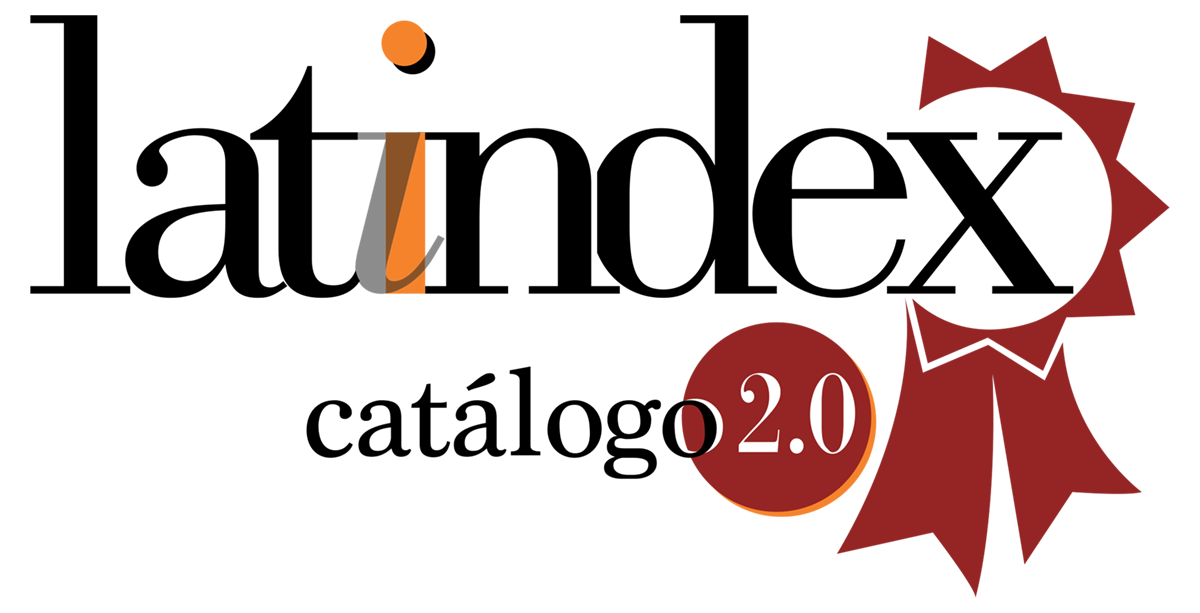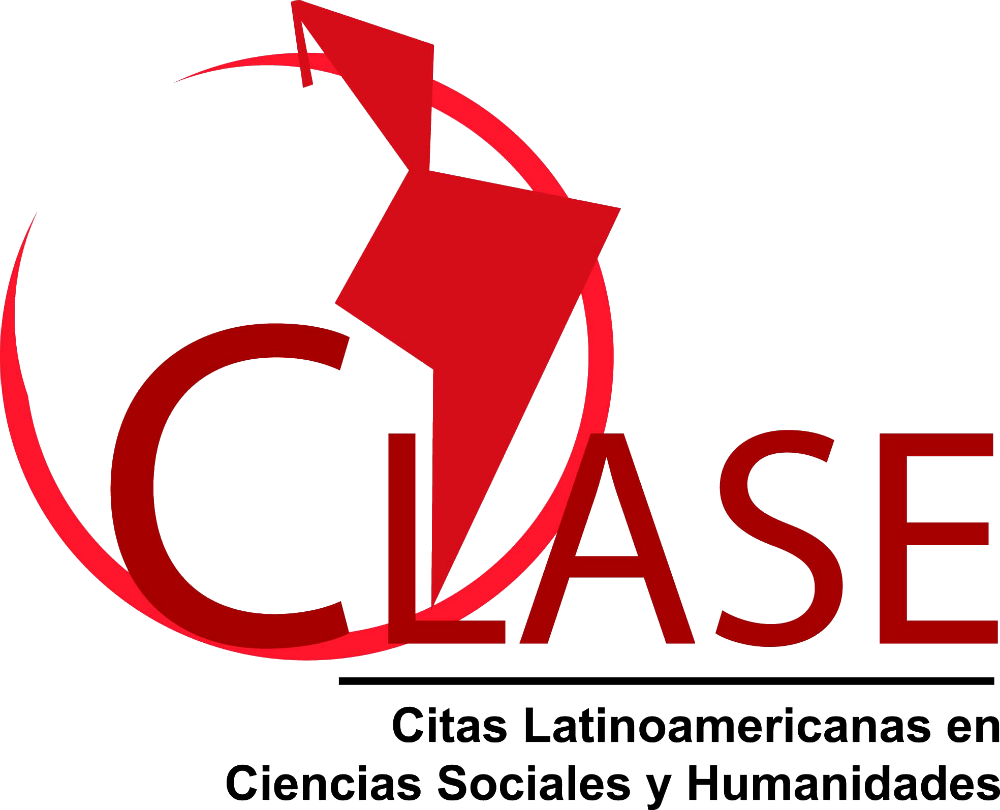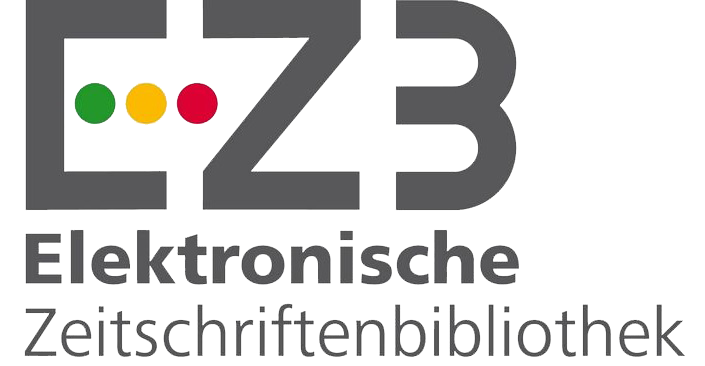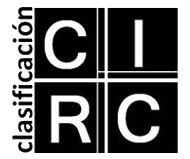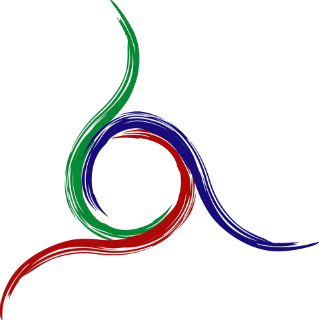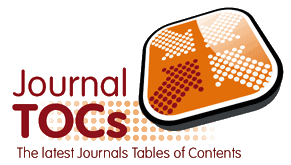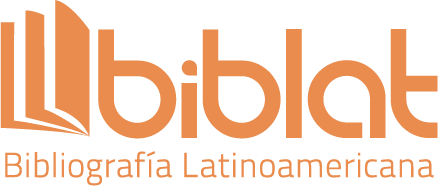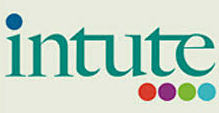Los estudios animales en la literatura hispanoamericana contemporánea
DOI:
https://doi.org/10.24215/16696581e240Keywords:
Animal studies, Contemporary Hispanoamerican literature, Animal ethics, Animal voiceAbstract
This article’s main objective is the presentation of the late Hispano American literary contribution to the field of Animal Studies. In search for clarity and order we have divided the texts in four groups. Those that use the animal figure as 1) a means to question an anthropocentric ideology; 2) someone who critics the unequal relationship between human and animal, 3) a symbol of mystical transcendence. The authors that we have selected –and that I have analyzed and studied during the years– come from Mexico and Argentina and have written their works at the end of the XXth. and the beginning of the XXst. centuries. Our main goal is to study, regardless of their specific context, their contribution to the field of Animal Studies.
Downloads
References
Baker, Stephen. The Postmodern Animal. Londres, Reaktion, 2000.
Cervantes, Miguel de. Novelas ejemplares II. Madrid, Cátedra Letras Hispánicas, 2002.
Coetzee, J.M. The lives of animals. Princeton, Princeton University Press, 1999.
Da Jandra, Leonardo. La gramática del tiempo. Oaxaca, Editorial Almadía, 2009.
Deleuze, Gilles. Mille Plateaux. Capitalisme et Schizofrénie 2. París, Les Éditions de Minuit, 1980.
Derrida, Jacques. L'animal que donc je suis. París, Éditions Galilée, 2006.
Ezquerro, Milagros. “Crisis y posmodernismo”, presentado en el “Coloquio internacional ‘Crisis, Apocalipsis y resistencias’”, Ruan, Francia. Febrero 2008.
Fontenay de, Elisabeth. Le silence des bêtes. La philosophie à l’épreuve de l’animalité. París, Fayard, 1998.
Forster, E.M. Aspects of the novel. Londres, Penguin Books, 1982.
Gambaro, Griselda. Los animales salvajes. Buenos Aires, Grupo Editorial Norma, 2006.
Horowitz, Alexandra. Inside of a Dog. What Dogs See, Smell, and Know. Nueva York, Scribner, 2009.
Lámbarry, Alejandro. El otro radical. La voz animal en la literatura hispanoamericana.Puebla, Universidad Iberoamericana, Puebla, 2015
McHugh, S. “Literary Animal Agents”. PMLA. 124.2 (2009): 487-495. Impreso.
Nagel, Thomas. “What is it like to be a bat?” The Philosophical Review. Vol. 83, No. 4 (octubre, 1974), pp. 435-450
Nelles, William. “Beyond the Bird's Eye: Animal Focalization.” Narrative, Contemporary Narratology (2001): 188-194.
Paz, Octavio. El mono gramático. Barcelona, Editorial Seix Barral, 1974.
Rodríguez Barrón, Daniel. La soledad de los animales. México, La Cifra, 2014.
Schweblin, Samantha (2009): “Pájaros en la boca”. Etiqueta negra: 82-87. Web.
Sewell, Anna. Black Beauty: The Autobiography of a Horse. Londres, Empire Books, 2011.
Tarazona, Daniela. El animal sobre la piedra. Oaxaca, Editorial Almadía, 2008.
Twain, Mark. Mark Twain’s Book of Animals. Berkeley, University of California Press, 2010.
Uexküll, Jacob von. Mondes animaux et monde humain. Suivi de La théorie de la signification. París, Éditions Denöel, 1965.
Weil, Kari. Why animal studies now?, Nueva York, Columbia University Press, 2012.
Werber, Bernard. Les fourmis. París, Éditions Albin Michel, 1991.
Wolfe, Cary. “Human, all too human: 'Animal Studies' and the Humanities”. PMLA. 124.2 (2009): 564-575.
Downloads
Published
How to Cite
Issue
Section
License
La aceptación de un original por parte de la revista implica la cesión no exclusiva de los derechos patrimoniales de los/as autores/as en favor del editor, quien permite la reutilización, luego de su edición (postprint), bajo una Licencia Creative Commons Atribución-NoComercial-CompartirIgual 4.0 Internacional (CC BY-NC-SA 4.0)
Acorde a estos términos, el material se puede compartir (copiar y redistribuir en cualquier medio o formato) y adaptar (remezclar, transformar y crear a partir del material otra obra), siempre que a) se cite la autoría y la fuente original de su publicación (revista y URL de la obra), b) no se use para fines comerciales y c) se mantengan los mismos términos de la licencia.
La cesión de derechos no exclusivos implica que luego de su edición (postprint) en Question las/os autoras/es pueden publicar su trabajo en cualquier idioma, medio y formato; en tales casos, se solicita que se consigne que el material fue publicado originalmente en esta revista.
Tal cesión supone, también, la autorización de los/as autores/as para que el trabajo sea cosechado por SEDICI, el repositorio institucional de la Universidad Nacional de La Plata, y sea difundido en las bases de datos que el equipo editorial considere adecuadas para incrementar la visibilidad de la publicación y de sus autores/as.
Asimismo, la revista incentiva a las/os autoras/es para que luego de su publicación en Question depositen sus producciones en otros repositorios institucionales y temáticos, bajo el principio de que ofrecer a la sociedad la producción científica y académica sin restricciones contribuye a un mayor intercambio del conocimiento global.







